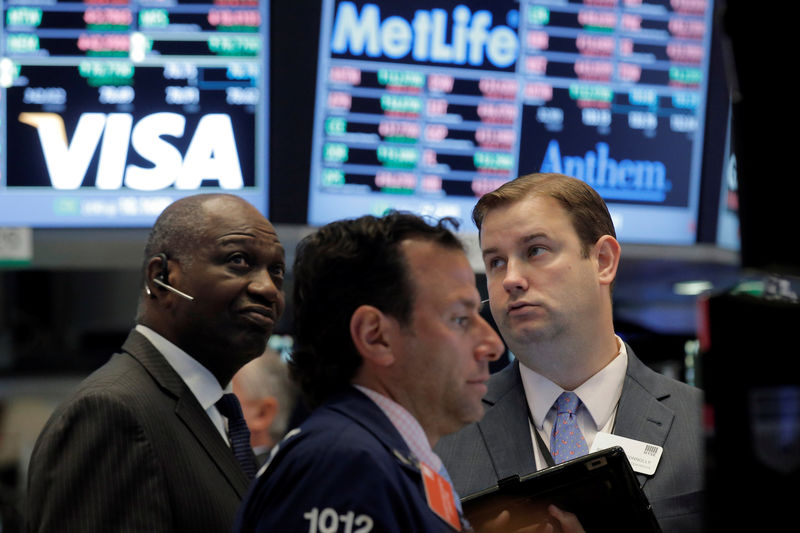When it comes to the Fed, voting to hike interest rates is the easy part. Once rates have been raised the rate, the tough work begins. U.S. central bank official must then implement the right maneuvers to ensure rates go where they want.
If things go as Wall Street expects, then the Fed will be lifting the current funds rate target from 0 to 0.25 percent to 0.25 to 0.50 percent — a number that the investors will see as a quarter-point hike, though the mechanics may not quite work out that way.
The Fed will be using two tools: interest on excess reserves, or IOER, and reverse repurchase operations, or RRP.
The former involves payments on the $2.3 trillion of excess reserves banks currently hold at the Fed, while the latter are short-term — almost always overnight — purchases of a security with the agreement to sell later at a higher price.
How it all works is that the New York Fed’s trading desk gets its cue for what an overnight funds rate target is, then uses the IOER and RRP to decide what comes next.
The effort will be an attempt to drain reserves at a level that keeps the funds rate in the range the FOMC specifies, likely close to 0.50 percent from the current 0.14 percent. Bank of America Merrill Lynch strategists believe the rate actually will settle around the 0.32 to 0.34 percent range. The changes will be implemented the day after the committee approves the rate hike.
The Fed will use arbitrage as its lure for the sales, giving participants the incentive to borrow reserves overnight to earn the higher returns through the IOER and RRP operations.
Once the Fed works there magic, the rest of the rate markets will follow, with banks resetting the prime rate they use to charge borrowers and credit card holders. The effects will ripple through the economy.


